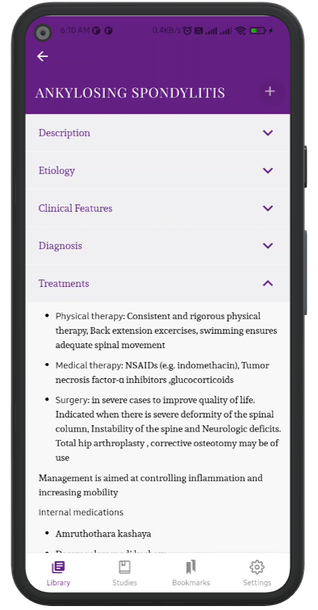SCABIES
Description
- Scabies is a parasitic skin infestation caused by the Sarcoptes scabiei var. hominis (S. scabiei) mite, which is primarily transmitted via close personal contact but may be transmitted through clothing or towels
- The female scabies mite burrows into the stratum corneum, causing severe pruritus, particularly at night. Primary lesions commonly include erythematous papules, vesicles, or burrows
Types
- The classic symptom is intense pruritis especially at night
- The sites of predilection are the interdigital spaces, wrists, points of the elbow, antecubital fossae, anterior axillary folds, umbilicus, and the genitalia especially the gluteal cleft
- The most diagnostic or pathognomic finding is an intact S shaped or linear burrow with a papule or vesicle at its end housing the mite. The most common sites are web spaces of the hands, wrists, and lateral aspects of palms
- Generalized urticarial papules, excoriations, and eczematous changes are secondary lesions caused by sensitization to the mite
- Tiny scaly papules on the nipple and male genitalia (glans, shaft, and scrotum) are pathognomonic of scabies
- Nodular scabies: Itching nodules 5-20 mm diameter, red, pink, tan, or brown in colour persist for several months. Commonly found in the scrotum
- Scabies incognito: modifies clinical picture of classical scabies which mimic other dermatoses due to inappropriate use of topical steroids
Investigation
- Typical history and skin lesions on clinical examination
- Detection of mites, larvae, ova, or mite faeces
- Dermoscopy: mite in burrow resembles jet with contrail
- Microscopic examination of the skin
- Skin scraping and histology
Treatments
Ayurvedic Treatment
Kashyas
- Patoladi kashaya ,Nimbadi kashaya, Manjistadi kashaya, Guduchyadi Kashaya, Sonitamritam Kashaya
- Upto 1 year: for mother: 2 tsp sookshm achoorna is boiled in 2 glass water, strained and given to mother. If agni bala permits give 1 tsp thrice to the child
- 1 year to 5 years: ½ tsp powder boiled in 1 glass water and given as divided doses mixed with sugar or jaggery
- 5 to 10 years: 1 tsp powder boiled in 1 glass water and given as divided doses mixed with sugar or jaggery
- 10-15 years: 1 ½ tsp powder boiled in 1 glass water and given twice daily mixed with sugar or jaggery
Arishtas
- Aragwadharishtam, Nimbamritasavam , Khadiraristam
- Upto 2yrs- ½ tsp arishta diluted with 1 tsp water
- 2-5 years- 2.5ml-5ml diluted with 5 ml boiled water
- 5-10 years- 10ml
- 10-15 years- 15ml
Choornas
- Guggulupanchapala Choorna, Haridrakhandam,Rajanyadi choorna
- Infant: 2-3 gm, Toddler- 5gm, School going- 7-10gm
- Anupana: honey or water or along with food
Externally
- Sulphur containing ointments
- Pamantaka taila – ext application
- Gandhaka taila – ext application
- Guggulu marichadi taila – ext application
- Ayyapala taila – ext application
Department
Kaumarabhrithya

